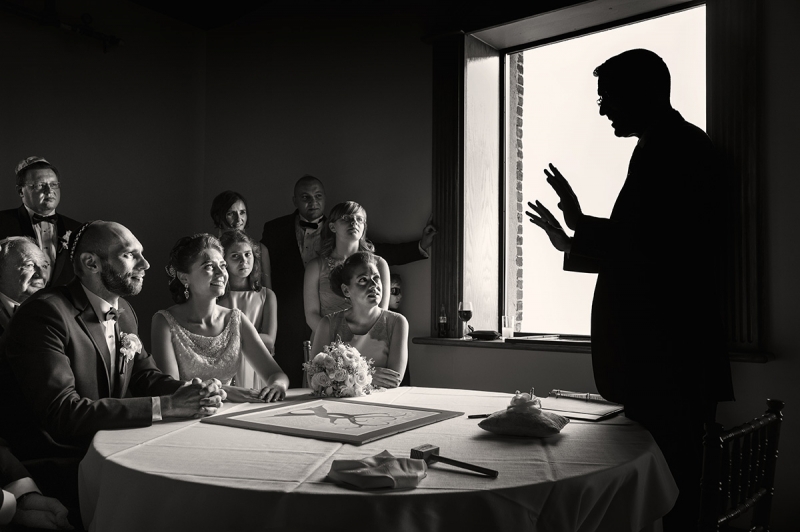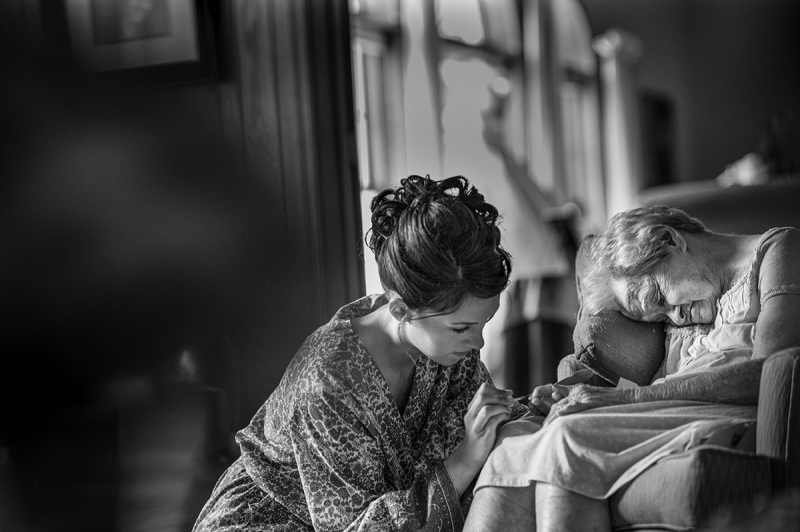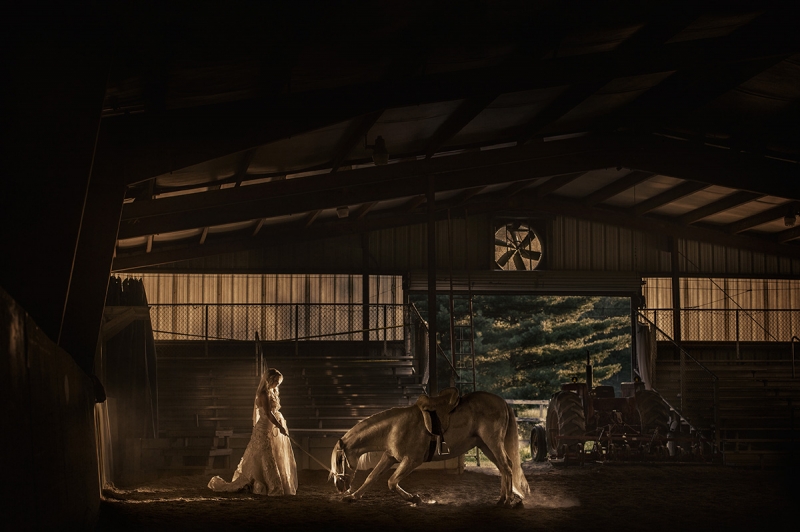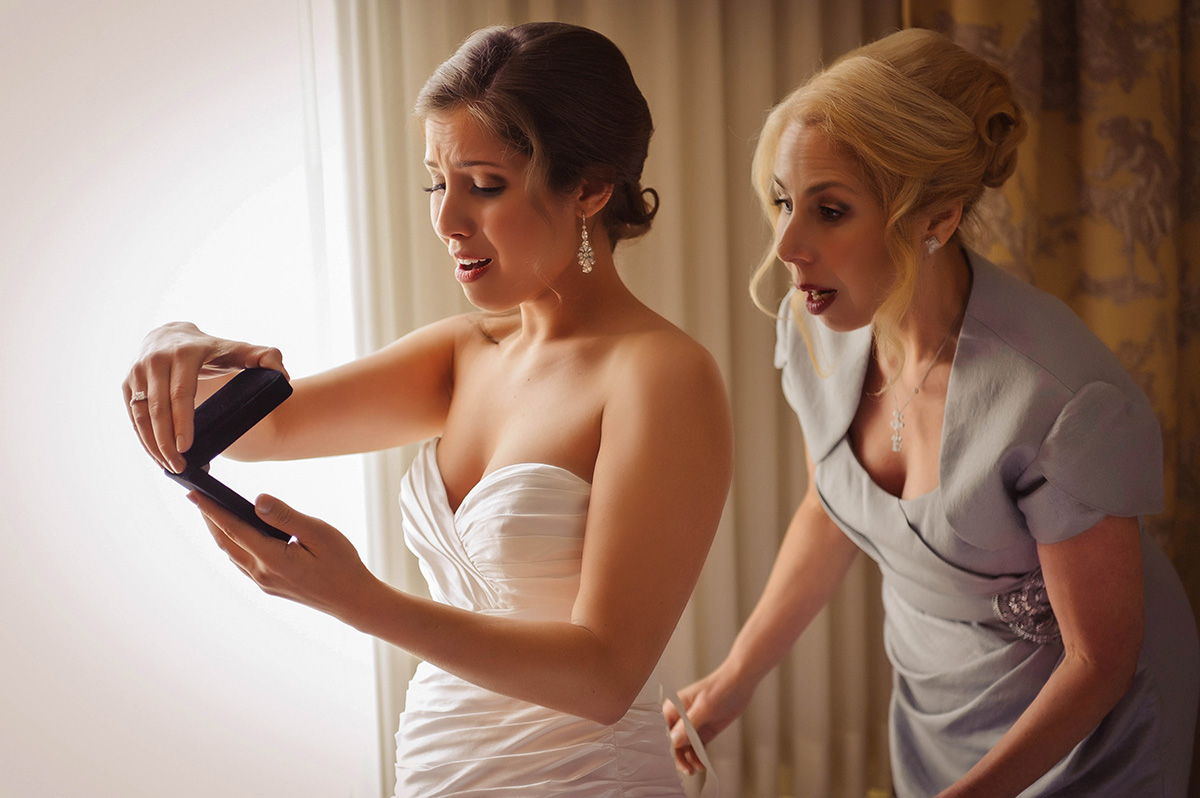Power Pricing: Susan Stripling’s studio thrives on cost analysis
There is no one-size-fits-all . . “It seems fairly universal that when a photographer gets started, they’re afraid to ask a client for money, which
• September 2016 issue
There is no one-size-fits-all
“It seems fairly universal that when a photographer gets started, they’re afraid to ask a client for money, which is fascinating to me,” wedding photographer Susan Stripling says. “It seems like something you’d want to do. But everybody goes through a period of time where they’re shooting to build a portfolio and doing favors for friends. When they have to charge what they’re worth, artists seem to sort of pause because asking clients for money is something they have a hard time doing.”
In theory, it’s simple: A client requests your services, and you quote a price. But most photographers begin their careers by pricing themselves all wrong for far too long, says Stripling, who will deliver a session on pricing at Imaging USA 2017.
Stripling, who’s based in New York City, was no exception. In her first year as a pro she kept her prices low and built her portfolio. After about a year she felt technically competent and wanted to charge her true worth, but she wasn’t sure what her pricing should be. Like many neophyte pros, she initially looked to her peers’ pricing to set her own—“a terrible thing to do,” she now admits, “because you have no idea why they’re pricing that way.” There are so many unknown factors that go into photographers’ pricing: They might have day jobs and do photography on the side, have spouses who are primary bread winners, or intentionally limit the number of sessions or weddings they do each year. Everybody’s business is unique so there’s no sense in trying to replicate a stranger’s pricing.
What to do instead? An in-depth cost analysis of your own business.

Run the numbers
After three years in business, Stripling knew it was time to buckle down and analyze her costs so she could get her pricing right. She started by thinking about the number of weddings she wanted to shoot each year and how much money she would like to earn. In the New York market, because Friday and Sunday weddings are so common, Stripling projected that she could capture 20 to 50 weddings a year. She verified these were realistic numbers by looking at other photographers’ blogs and websites to see how many weddings they were averaging a year.
Next she needed to determine her costs. For three months she entered every cost, no matter how small, into an Excel spreadsheet. And she logged every working hour—how long it took to cull photos for a wedding, how much time she spent on the phone with clients, how many hours she spent prepping images before sending them out for post-processing, etc. By doing this tracking she discovered that she also spends a certain amount of time taking coffee breaks, checking Facebook, and wandering away from her computer, so a task that could take one hour might actually take an hour and a half. Though it was tough to admit, Stripling saw that was the reality. “There’s no way to eliminate distraction,” she says. So she’d build it into her rate.
After she calculated how much time she spent on each client from beginning to end, she established an hourly rate. “There is no one way to do that,” she says. “That’s something that’s very unique for everybody. [Your rate] depends on how long you’ve been in business and your experience level.”
In the end, after counting every penny and every hour, she determined that to make the income she wanted, her base sale would need a $2,000 price increase—not a small sum. Instead of making that increase outright, she tweaked her collections, removing some of the items in them so that her cost could come down.

Marketing to match
Though she was happy to take the risk of adjusting prices to see her income grow, Stripling knew she would lose some referrals due to the increases. So she ramped up her marketing to attract a new, wealthier base of clientele.
The first thing she did was update her online portfolio so that photos from the most expensive venues in her area were front and center. Then she took on an even greater challenge—search engine optimization (SEO). She moved her website to a company with a more user-friendly platform for SEO. It took two months to overhaul her site with keywords. “There are now 135,000 words on my site,” she says. “Every image in my galleries has a caption. Every gallery page has a full description. It’s just full of information for prospective clients, rich in keywords and helpful details.”
The most important keywords for her are the names of the most expensive wedding venues in New York. “I figured that if clients were going to get married at those venues then they would have a decent budget for photography,” she says. She wanted potential clients to stumble onto her site and her photographs when they Googled the names of those venues. Her plan worked. Three months after she began the SEO overhaul, traffic to her site spiked.
“People say that the only clients who are going to find you on Google are the cheap clients,” she says. “But a solid 50 percent of my clients find me on Google. Do not discount the power of Google.”

Client care
With higher prices, Stripling knew she needed to elevate customer service. Initially she attracted a new base of clients via SEO. But after that, word-of-mouth referrals from these new clients would be her bread-and-butter. So she needed extremely happy clients—happy enough to think her prices were worth it and happy enough to tell their friends what a wonderful experience they’d had. “They can love your work all day long, but if they don’t like working with you, they’re not going to recommend you to their friends,” she says.
Attentive client care shows up in the little things. For example, Stripling worked to improve her response time to emails, and after the wedding, she sends handwritten notes to the bride and groom and to their parents thanking them for their business. She tells clients they will receive their images six weeks after the wedding, but she actually plans to deliver them in about four and a half weeks. When she delivers earlier than expected, clients perceive that she’s completed the job early and they’re thrilled. (This strategy also gives her a buffer should she need more time.)

Ever vigilant
After 16 years in the wedding business, Stripling has a studio that’s a well-oiled machine. Not that she’s complacent about pricing. She revisits her costs and her pricing each quarter, making adjustments if, for example, her album manufacturer has increased prices or the rent for her studio has gone up. “I am sort of in a constant state of vigilance,” she says, to remain profitable.
When she does increase prices, she does so incrementally over time, making subtle adaptations. “I don’t want to blow up my entire referral base,” she says. For example, with her most recent price increase, she raised the cost of her base collection a tiny bit but took an hour out of the session time. So if a client wants to add that time back in, they have to pay for an hour of overtime. It’s a small enough tweak that it doesn’t rattle customers, but “If they add that hour back in, they’re paying a decent amount more.”
Currently Stripling does 50 weddings a year, and she’d like to cut back while maintaining the same income. “So I’m working to maximize my profitability from every single client,” she says. Toward that end, she’s in the process of making a few more changes. For example, she used to allow clients to add to their album by the image, but now they must add by the spread. “That makes it easier to upgrade to bigger albums,” she says. And she’s also moved her album design process offline. She used to forward clients a link to view the draft online and make changes. “It was convenient, but it resulted in no sales,” she says. Clients would forget to make the changes and albums would stall.
Her new tack is to send a link to the draft and then call that week to set up an appointment for the couple to come to the studio to finalize the album. Instead of feeling like an inconvenience, it feels like a bonus in customer service.
“The ones that have done it so far have been so happy,” she says. And she’s happy, too, averaging $1,500 more in sales per album. Not too shabby for a minor tweak in service.
Amanda Arnold is associate editor of Professional Photographer magazine.


 View Gallery
View Gallery